07:58
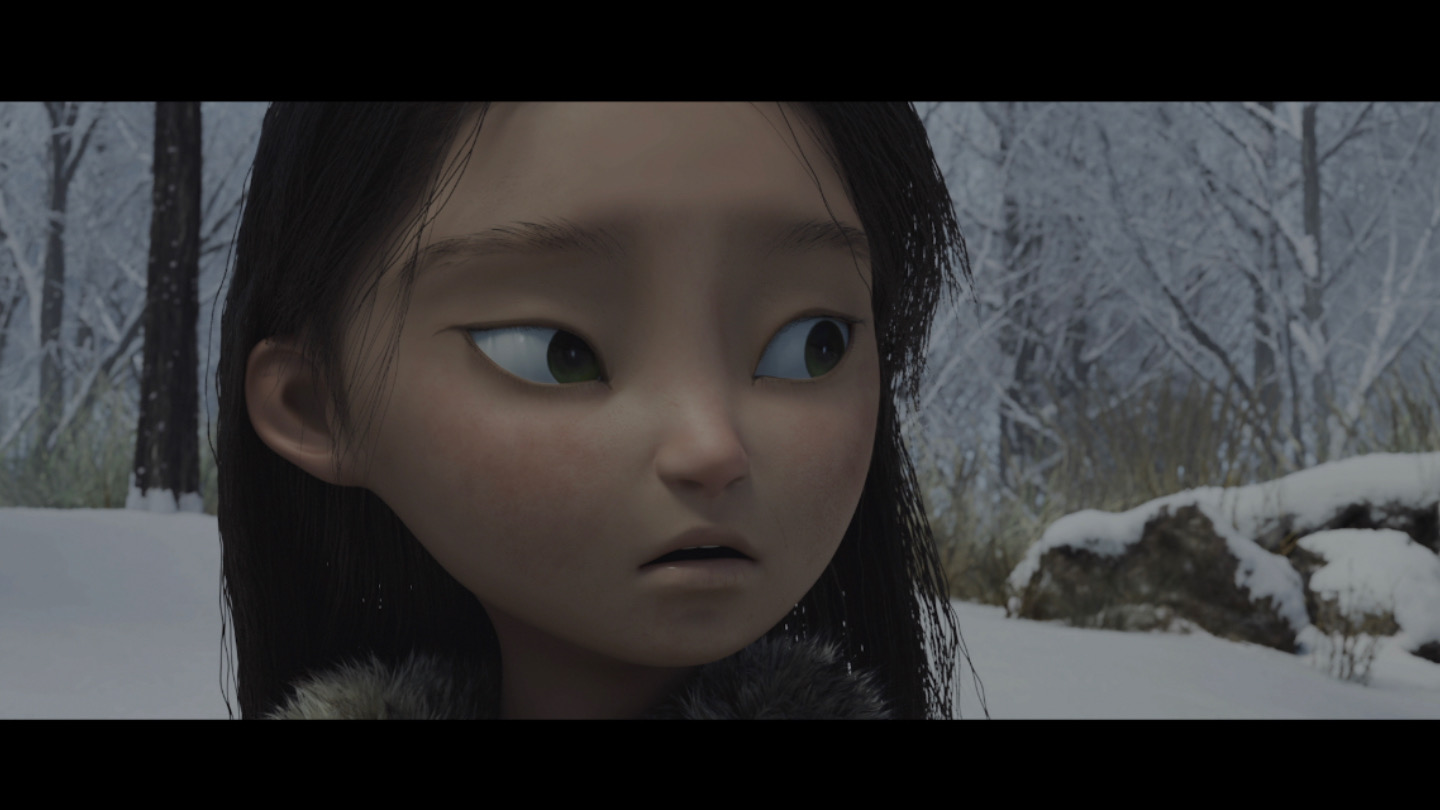
During the Spring Festival holiday in January, the Chinese TV series "Yao-Chinese Folktales" and the fantasy film "Deep Sea" proved huge hits with Chinese audiences. They used advanced technologies and creative storytelling to explore various themes and aesthetics, resulting in more immersive experiences.
CGTN's "The Vibe" reporter Yang Yan spoke to the general director of "Yao-Chinese Folktales" and visited an animation studio in Beijing to find out what makes these animated productions so successful, and what opportunities and challenges the industry faces in the future.
In Chinese, "Yao" means monster. The series focuses on ancient myths, covering themes ranging from human desire and childhood imagination to romantic love, humanity and nature.
Eleven directors collaborated to create the animated shorts, aiming to present eight legendary Chinese stories while referencing modern culture and visions of the future.
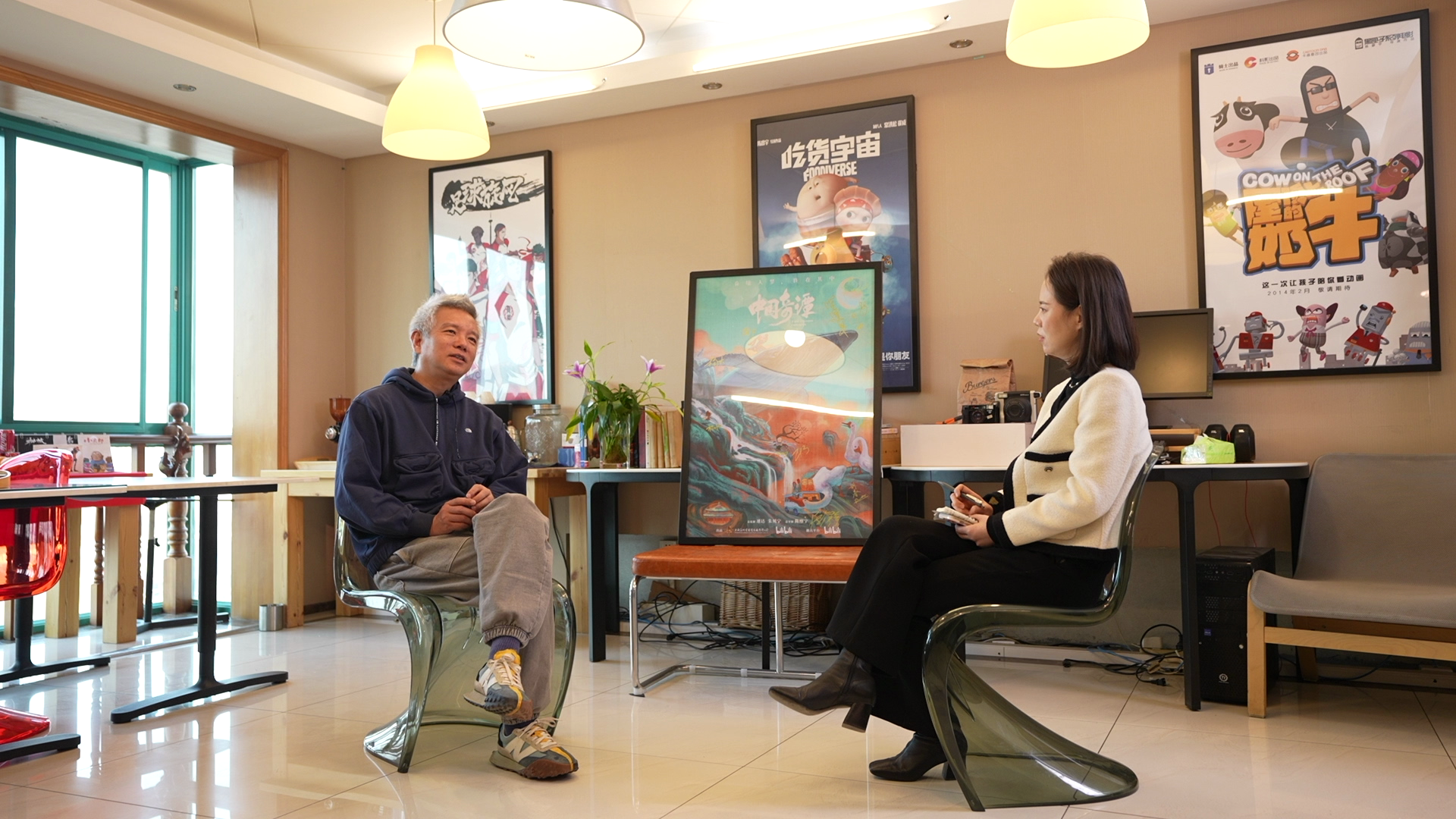
Chen Liaoyu, general director of "Yao- Chinese Folktales," speaks to a reporter from The Vibe. /CGTN
Chen Liaoyu, general director of "Yao- Chinese Folktales," speaks to a reporter from The Vibe. /CGTN
Chen Liaoyu, general director of "Yao-Chinese Folktales," was delighted that audiences appreciated the works’ distinctive style. "To our great relief, our insistence on creating this animation paid off," he said.
Referring to the stories behind the series, he said, "We decided at the very beginning that the content should be diversified. So our eight-episode animation series used different directors, and each episode has a completely different style."
Chen said the goal was to have the series reflect Chinese culture and show strong Chinese characteristics.
"We are in an industry where 'a hundred flowers bloom,' and we should make constant efforts to create works with Chinese cultural characteristics. It has been proven that audiences welcome this kind of production," he added.
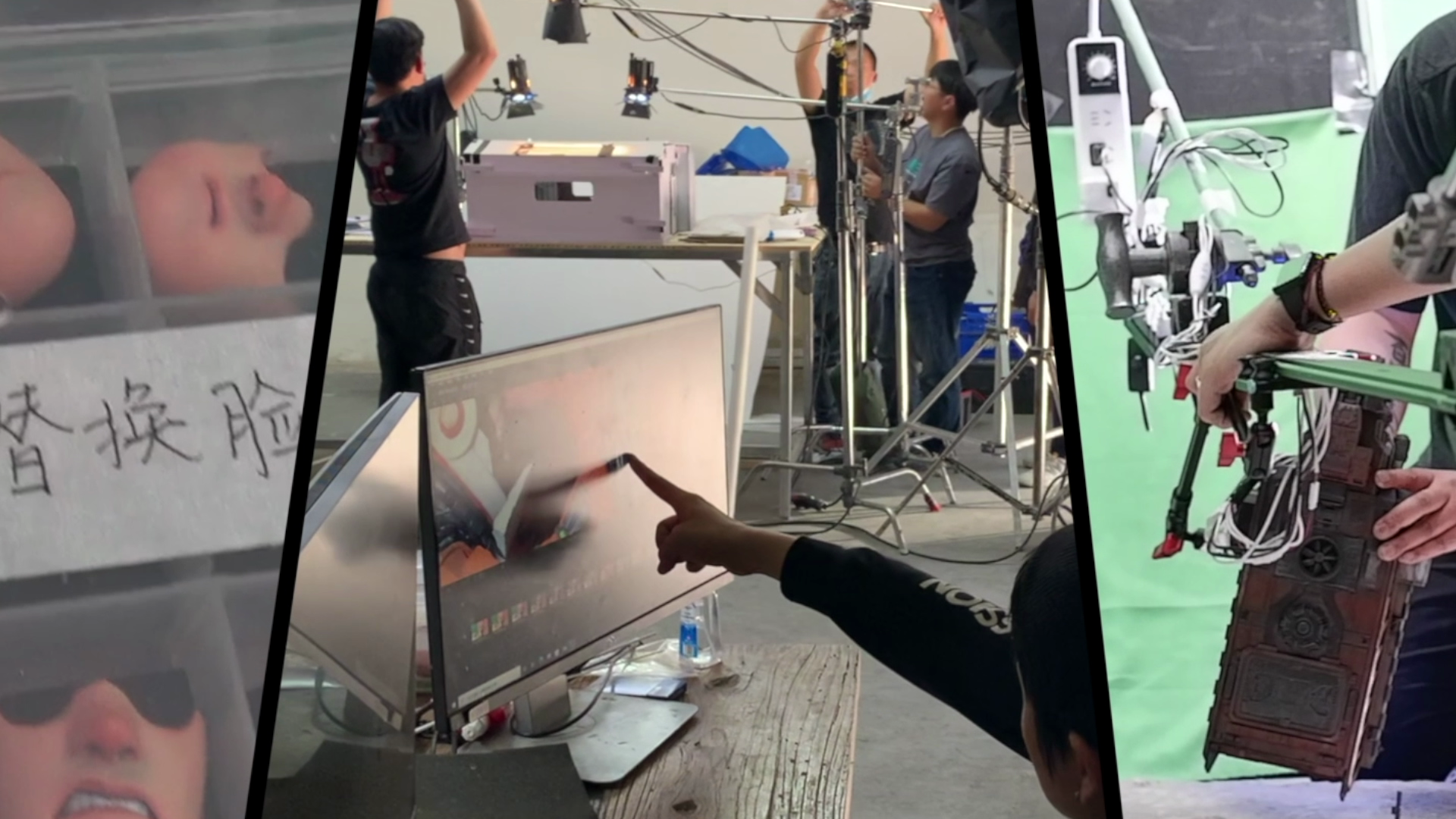
A production scene from the set of "Yao - Chinese Folktales." /CGTN
A production scene from the set of "Yao - Chinese Folktales." /CGTN
The animation series was co-produced by Shanghai Animation Film Studio and Bilibili, a video-sharing platform popular among young Chinese people.
The film studio has created classic animations such as "The Monkey King" and "The Legend of the Sealed Book."
The modern reworking of these classics and the use of traditional Chinese aesthetics are among the reasons why audiences fell head over heels for "Yao-Chinese Folktales."
Li Zao, Vice President of Shanghai Animation Film Studio, said it was also important to combine traditional Chinese culture with modern and contemporary aesthetics. "I hope that viewers will be able to appreciate the different styles of art, and at the same time, the series will evoke different emotional responses," she said.
Chen echoed similar sentiments. He stressed the need to present Chinese cultural characteristics that reflect history and tradition, on the one hand, while also developing and changing in line with the times and incorporating modern and future-oriented elements.
In recent years, stories rooted in Chinese culture are increasingly resonating with local audiences.
In 2020, domestically produced animations eclipsed their foreign rivals at the Chinese box office. And this demand is still growing.
"Behind this is the concern and love that young people have nowadays for Chinese culture, which is rooted in a strong sense of cultural confidence and national identity," said Zhang Shengyan, Vice President of Bilibili. "In their heart, they prefer content with Chinese cultural characteristics. This is not just a need for such content, but also an emotional need."
Chinese animation is also seeking to make new breakthroughs technologically. Another production released during the Spring Festival season also drew much attention and sparked heated discussion.
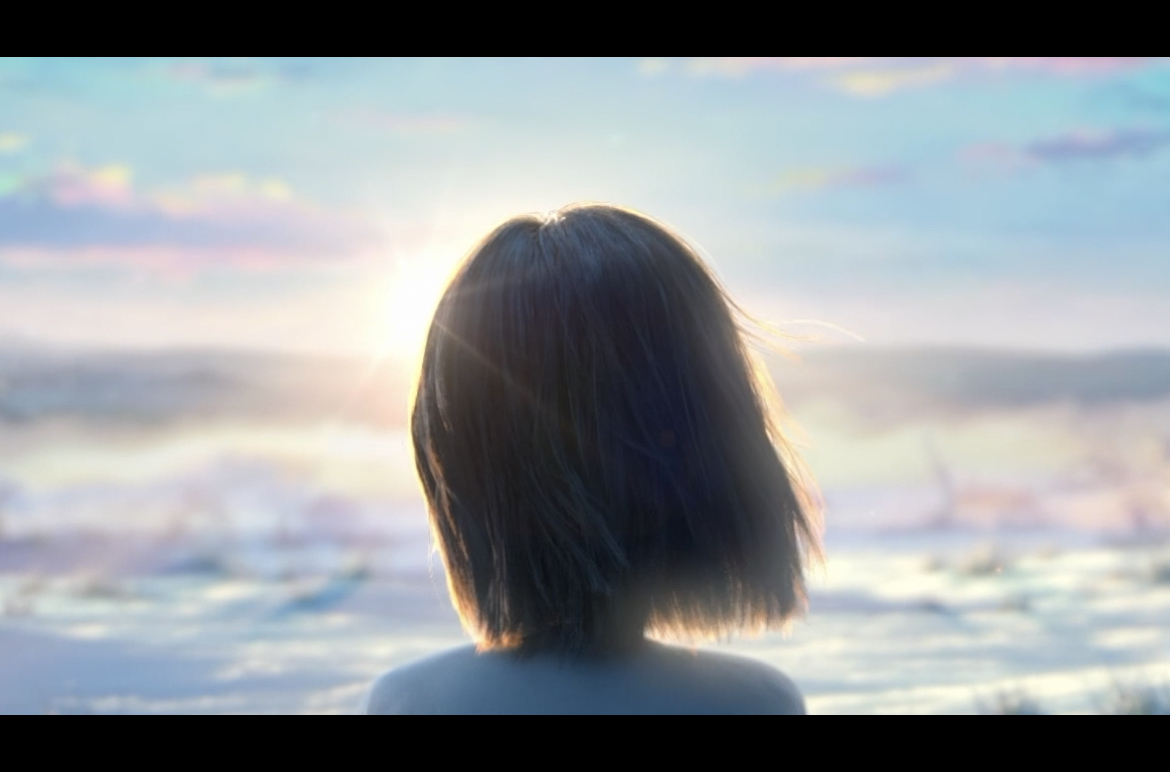
A screenshot of the Chinese animation "Deep Sea." /CGTN
A screenshot of the Chinese animation "Deep Sea." /CGTN
"Deep Sea," a fantasy film directed by Tian Xiaopeng, is a visual spectacle that took seven years to complete.
It tells the story of a young girl’s journey through an underwater world, which later turns out to be a wonderful dream. It stands out as being unique in the history of Chinese animation due to its theme and unprecedented use of visual effects.
Viewers were polarized in their feedback. Some were amazed by the visuals and touched by the comforting narrative and courage of its protagonist; while others said the story was too dark or chaotic given that the story also centered around loneliness and depression.
Film commentator Tom Fu said viewers can look forward to many more innovations from Chinese animators as they rise to the challenge of growing expectations.
"I believe the creators of these works will listen to the audiences carefully and improve on those aspects in their future works. One cannot expect the final product to be perfect and flawless. It will take time, and it will require the understanding and support of viewers," he said.
"In addition to large-scale productions, independent animation studios have also made great contributions to this flourishing industry," he added. "The process is hard but full of surprises. They are exploring (new ways) to create stories that really move audiences."
Pinta is one such animation studio. It was founded in the spring of 2016.
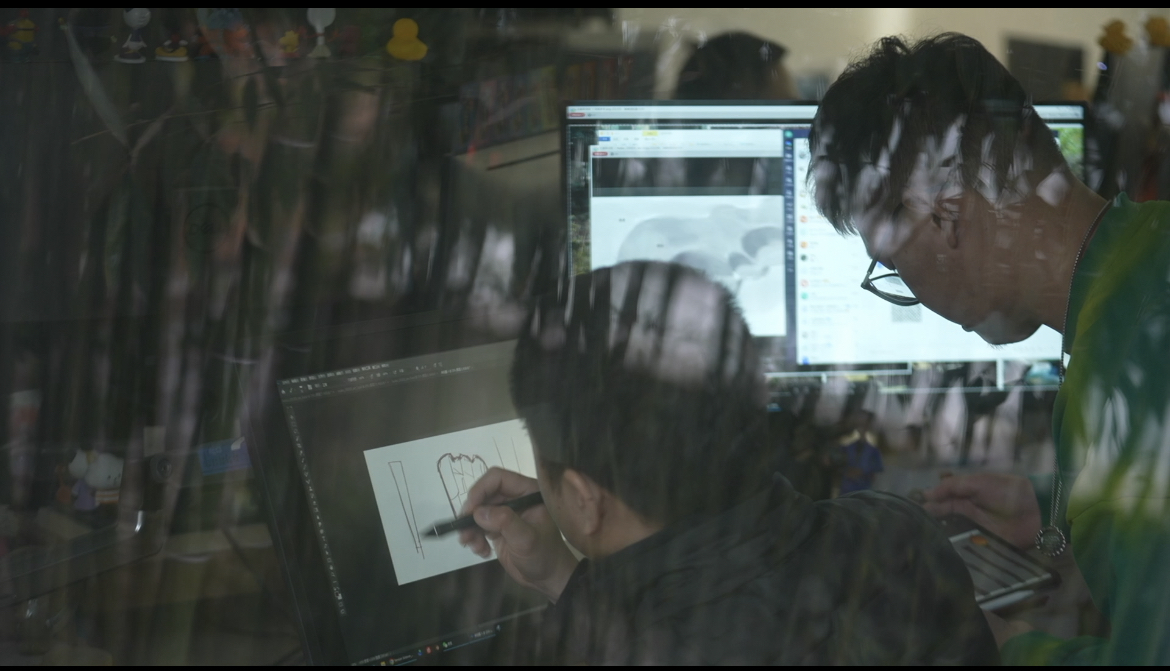
An animation designer works at the Pinta Studio in Beijing. /CGTN
An animation designer works at the Pinta Studio in Beijing. /CGTN
In 2017, Pinta completed its first VR film, "The Dream Collector," which tells the story of an old man and his playful dog who survive on an old garbage dump. It immediately won a series of international film festival awards and nominations.
Lei Zhengmeng, CEO of Pinta Studio, shared his understanding of the production system and his concerns for the industry.
"We hope that through our efforts, especially regarding visual presentation and storytelling, we can make people appreciate Chinese culture more," Lei said. "We want young people to feel proud of these things, rather than, for example, only seeing 'The Lord of the Rings' as their favorite."
"I think our own productions are wonderful, based on our profound culture and history. But it is hard to present this in a very modern way," he added.
"The biggest challenge is our lack of experience, for example in terms of audio-visual language and production," said Mi Li, the studio’s chief creative officer.
"When each member of our team has acquired sufficient experience, the whole process will be smoother, and the cost of communication will be lower."
From "Yao-Chinese Folktales" to this ambitious studio, Chinese audiences have benefited from the rapid progress of China's animation industry in recent years, as more movies and TV series promote traditional Chinese culture while also branching out in creative new directions.